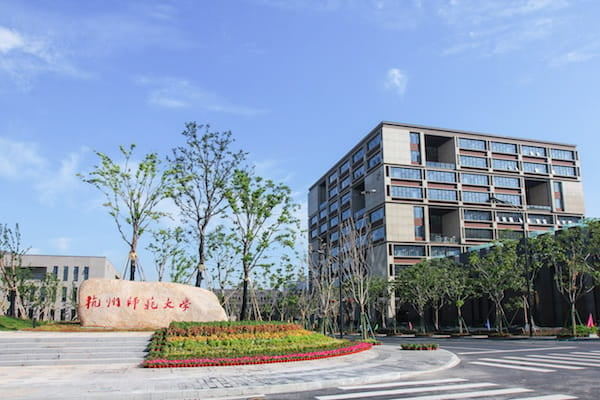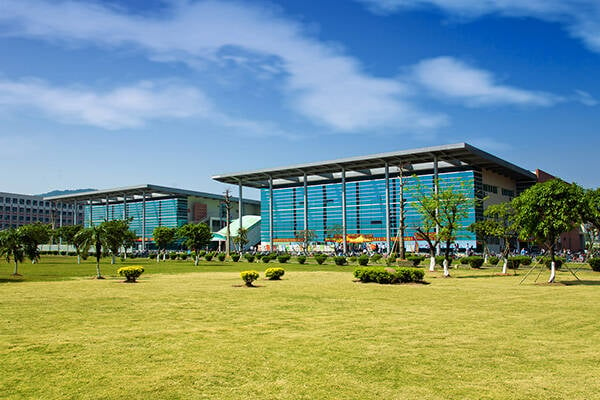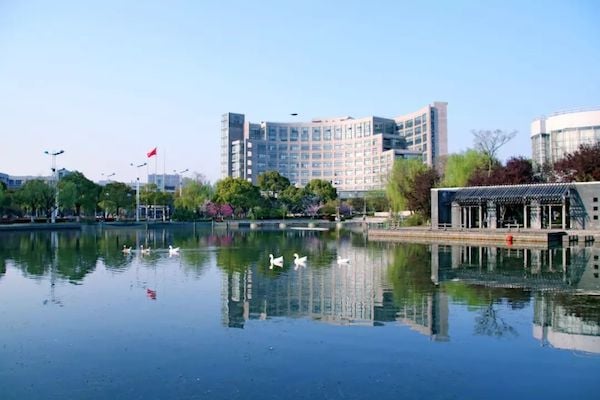 East China University of Science and Technology
East China University of Science and Technology
![]()
Introduction to East China University of Science and Technology
East China University of Science and Technology (ECUST, website), formerly known as East China Institute of Chemical Technology, is the first university in China to be known for its chemical characteristics. In 1956, it was designated as one of the first schools in China to recruit graduate students. Since 1960, it has been identified as a national key university directly under the Ministry of Education. In 1993, it was approved by the State Education Commission and renamed East China University of Technology.
Campus
(ECUST Campus)
(International Program)
The university has three campuses, Xuhui, Fengxian and Jinshan, covering a total area of 2,535 acres, with a total construction area of 920,000 square meters. The library has a total collection of 3.094 million books and a collection of 284,000 volumes of Chinese and foreign periodicals.
Among Chinese universities it ranks 26th in the QS World University Rankings; 26th in the Times Higher Education (THE) World University Rankings; 35th in the USNews World University Rankings; 28th in the comprehensive ranking of ESI China University.
The university has 16 colleges, covering 11 disciplines including science, engineering, agriculture, medicine, economics, management, literature, law, art, philosophy and education, with 68 undergraduate majors.
There are more than 26,000 full-time students in the university, including 16,485 undergraduates, 7,819 postgraduates, and 1,853 doctoral students, and 3,037 faculty members.
The university has 2 national experimental teaching demonstration centers, 2 national virtual simulation experimental teaching centers, 3 Shanghai experimental teaching demonstration centers, 12 national specialties, and 5 national engineering practice education centers. In the ranking of QS global graduate employment competitiveness, it ranks 14th among mainland universities. Since establishment, the university has trained nearly 300,000 graduates for the country, both at home and abroad. 22 of the alumni were elected as academicians of the Chinese Academy of Sciences and the Chinese Academy of Engineering, and a large number of graduates became the backbone of the party and government organs, enterprises and institutions.
The university has 2 national key laboratories, 1 national engineering laboratory, 3 national engineering (technical) research centers, 26 provincial and ministerial laboratories and research institutes, and 3 humanities and social science think tanks (bases) in Shanghai. It has achieved a large number of major innovations and has more than 1,800 valid patents at home and abroad. It has established the National University Science and Technology Park and is one of the first six universities in the country to establish a national technology transfer center. A large number of industry-wide, key technologies for large-scale industrialization and application have produced significant economic and social benefits.
International Cooperation
The university has established a multi-channel, multi-level and comprehensive international cooperation and exchange system, and has established long-term cooperative relationships with more than 200 universities and research institutions in countries like the United States, Germany, Britain, France and so on. There are 1262 international students (including non-degree students). In cooperation with top foreign scientific research resources, the Felinga Nobel Prize Scientist Joint Research Center was established. Also, the university established the first Sino-foreign cooperative education institution: ECUST Sibiu Sino-European International Business School, which is jointly built by China and Romania. In order to promote the international development of China’s social work, it established China’s first “International Social Work College”.
East China University of Technology, based on the new era, rooted in China’s land, is striving to build a socialist first-class university!
School of Foreign Languages
International Students
![]()
Campus – East China University of Science and Technology
![]()
Teaching Program
![]() ISAC University Teaching Program
ISAC University Teaching Program








